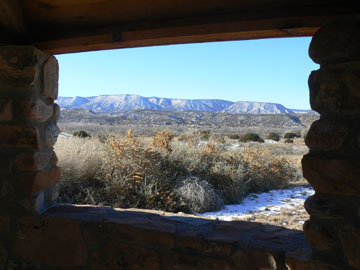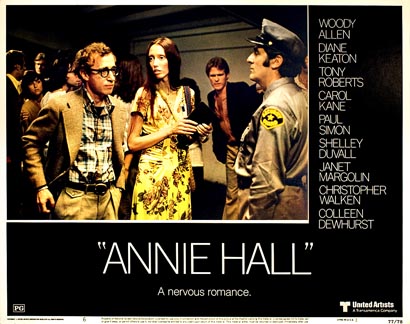
We spent a day in Santa Fe (40 minutes south), and one in Taos (an hour east/northeast). Northern New Mexican cuisine is one of my favorites – something about that distinctive bitter tang of the chilies. So we had some of the best at Orlando’s in Taos, which I even prefer to the famous Maria’s down in Santa Fe (which is also nonetheless fab.) It’s unpretentious, cheap, and always packed. We bought some obligatory silver at the Taos Pueblo, which is a bit upgraded from my last visit a decade ago, I assume due to a tiny new casino they’ve opened down the street. Then, I finally made it to the Harwood Museum, expressly to see the Agnes Martin room.



She is the preeminent artist of cool restraint, even more so I’d argue than someone like Ryman, who feels downright Dionysian by comparison. Martin’s seven paintings here are constrained just to the use of grey, blue, and white, not including even any of those pale orange/pinks prevalent in the 90’s, when these paintings were made. This lends them a particularly winter-y air. There is a tendency to pick out favorites among them, but they very much act as a singular environment. Gazing from one picture to another, one’s senses quickly become attuned to her operation, and the surprisingly different sensations created from relatively subtle alterations in the placement of a few horizontal lines, and arrangements of hue, raw canvas, and touch. Martin was able, through dedicated activity and a religious devotion to the power of pure abstraction, to generate subtle but powerful effects in the psyche. I would be skeptical of such claims if I hadn’t experienced it, again and again, encountering her work.
Looking online at some websites for galleries in Santa Fe, I came across Charlotte Jackson Gallery. I mention it because Martin is much beloved by a couple generations now of lyrically-oriented, post-minimal painters. I suspect a good percentage of them show with Jackson. Clicking through her artist page, I started to laugh, incredulous that page after page after page simply showed selections of monochrome slabs. Can a gallery really specialize in just that? I mean, how many small squares of single colors can a person own, or one gallery show, or an artist even make?



